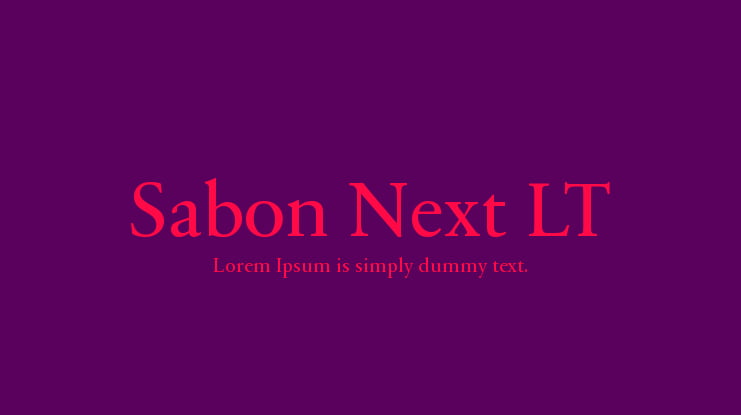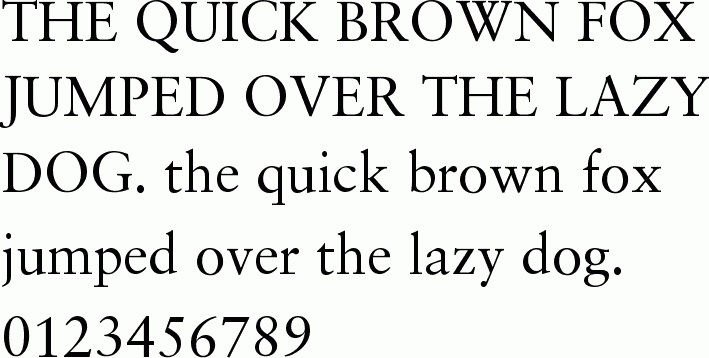


Sabon was developed in the early 1960s for a group of German printers who sought a "harmonized" or uniform font that would look the same whether set by hand or on a Monotype or Linotype hot metal typesetting machine. Sabon's name was therefore considered appropriate: a Frenchman who had moved to Frankfurt, he had played a role in bringing Garamond's type into use in German printing four hundred years before. Finally, the new font was to be five per cent narrower than their existing Monotype Garamond, in order to save space and money. The italic and bold styles were to take up exactly as much space as the roman, a feature imposed by the duplexing system of Linotype hot metal typesetting machines of the period. Tschichold was commissioned by a coalition of German printers to create a typeface that could be printed identically on Linotype, Monotype or letterpress equipment, simplifying the process of planning lines and pagination when printing a book. It is effectively a Garamond revival, though a different name was chosen as many other modern typefaces already carry this name.Ī classic typeface for body text, Sabon's longstanding popularity has transcended its origin as a commission to fit a tight set of business requirements. The italics are based on types designed by a contemporary of Garamond's, Robert Granjon. Berner had married the widow of a fellow printer Jacques Sabon, the source of the face's name, who had bought some of Garamond's type after his death. 1480–1561), particularly a specimen printed by the Frankfurt printer Konrad Berner. The design of the roman is based on types by Claude Garamond ( c. It was released jointly by the Linotype, Monotype, and Stempel type foundries in 1967. Sabon is an old-style serif typeface designed by the German-born typographer and designer Jan Tschichold (1902–1974) in the period 1964–1967.


 0 kommentar(er)
0 kommentar(er)
